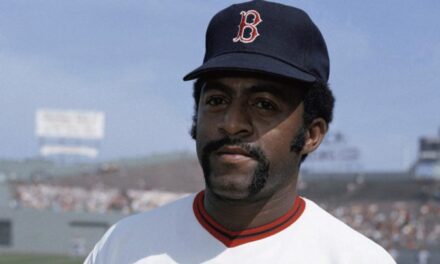Apart from the bat, the baseball glove (or mitt) is very likely the most important and recognizable piece of baseball equipment. Due to this reason, when you’re in the market for a new glove, the available selection is simply daunting and can make you fell anxious about picking a bad or wrong one. Luckily, there’s actually method to this madness and we will guide you step-by-step in picking the perfect glove for you. The very first criterion that we’ll need to address is your type of throw: left or right handed. Pretty straight forward: if you’re throwing with your right hand, then you’ll need a left hand glove and vice-versa. Then, the very next filter is the position you will be playing in, more specifically if you’re going to be infield or outfield. Just to get this out of the way: for the purpose of this article, we will consider pitchers as being infield.

So, the difference generally lies in the length of the glove, with outfield players needing longer ones, as well as the size of the pocket which should be slightly larger for the outfielders. Infielders, pitchers included, need shorter, smaller gloves so the ball is easier to be taken out and thrown. From here on, things get a bit more complicated as we move on to the webbing shape/pattern, but since we already went through the position “filter”, it should be much easier to choose from the multitude of available choices. So, going from inside outwards: for the pitcher the optimal options are: one-piece closed, basket, modified trapeze, 2-piece closed as they’re ideal for concealing stitches when deciding on a pitch. The 3rd basemen should go with closed webs, dual post or modified trapeze as these have strong, deep pockets. Middle infielders will opt for single post, I-web or 2-piece closed. Lastly, outfielders optimal choices are between trapeze, H-web or modified trapeze due to bigger, deeper pockets that they provide.

The next important choice you have to make is related to the material from which the glove is made. In the old days there was only one option: leather; however nowadays we have a wider range to choose from. The classic option is still recommended nowadays as well, with the benefit that you can purchase a pre-conditioned glove which will require far less time to break in. For the players that prefer a lighter one, there is the mesh option and for the younger players, the synthetic glove is an excellent choice, as it weights less and is overall cheaper. From here on, the other criteria which differentiate gloves are more about preferences and taste rather than pure performance or functionality. Thus, some gloves come with wrist adjustments (Velcro, buckle, laced, D-ring fastener, etc.) that will allow you to snugly fit them to your hand. Then you can opt for different amounts of padding, which offer a trade-off between protection and a more tactile feel when playing. Due to the wide range of options, the price for baseball gloves can range from around 30$ up to the 4-500$ range, but if you visit our friends CouponSolver.com you will find Baseball Express offers on Coupon Cause.com.









